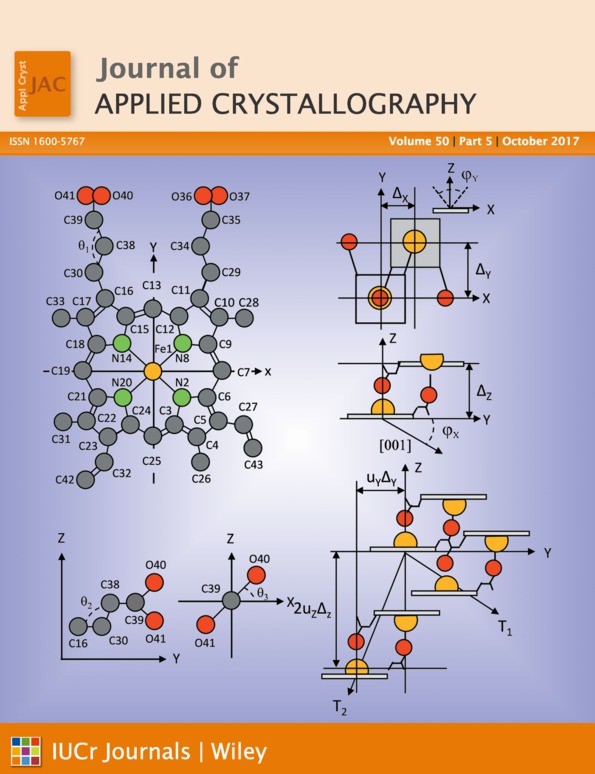Three-dimensional texture visualization approaches: applications to nickel and titanium alloys
Abstract
This paper applies the three-dimensional visualization techniques explored theoretically by Callahan, Echlin, Pollock, Singh & De Graef [J. Appl. Cryst. (2017), 50, 430–440] to a series of experimentally acquired texture data sets, namely a sharp cube texture in a single-crystal Ni-based superalloy, a sharp Goss texture in single-crystal Nb, a random texture in a powder metallurgy polycrystalline René 88-DT alloy and a rolled plate texture in Ti-6Al-4V. Three-dimensional visualizations are shown (and made available as movies as supplementary material) using the Rodrigues, Euler and three-dimensional stereographic projection representations. In addition, it is shown that the true symmetry of Euler space, as derived from a mapping onto quaternion space, is described by the monoclinic color space group Pcc in the Opechowski and Guccione nomenclature.




